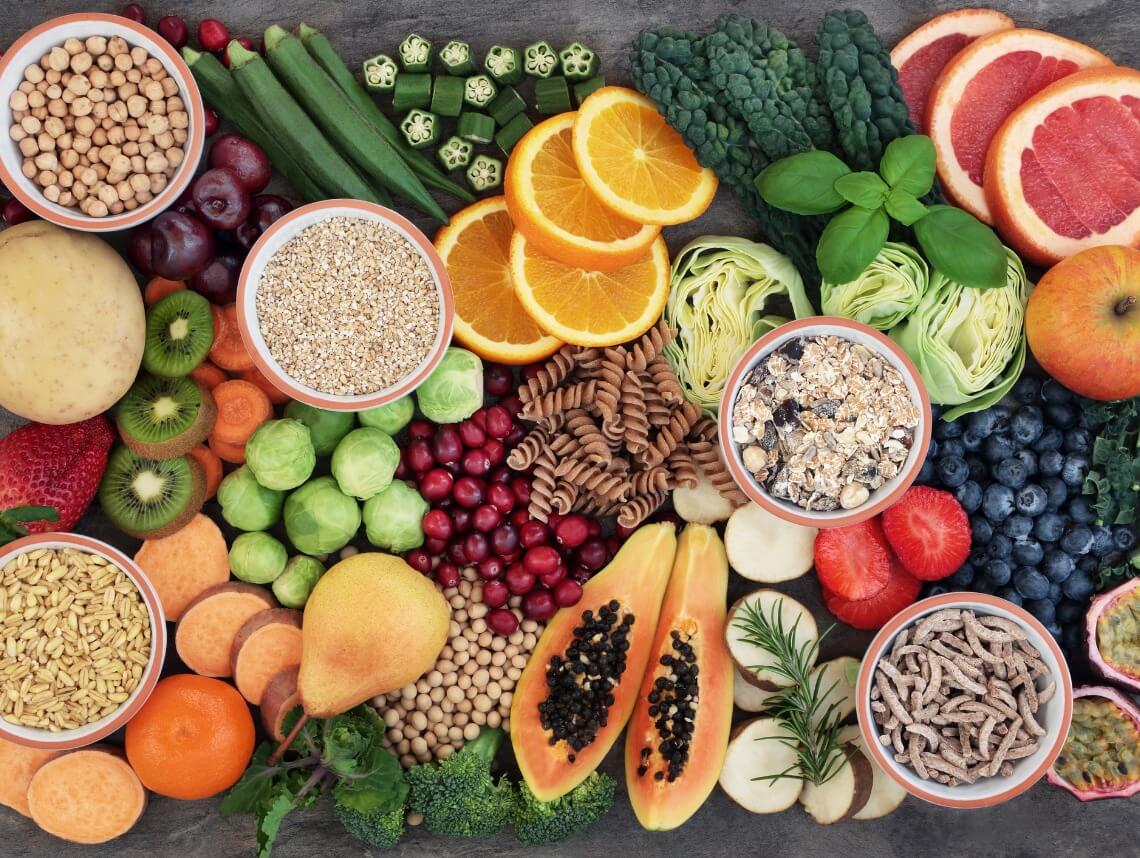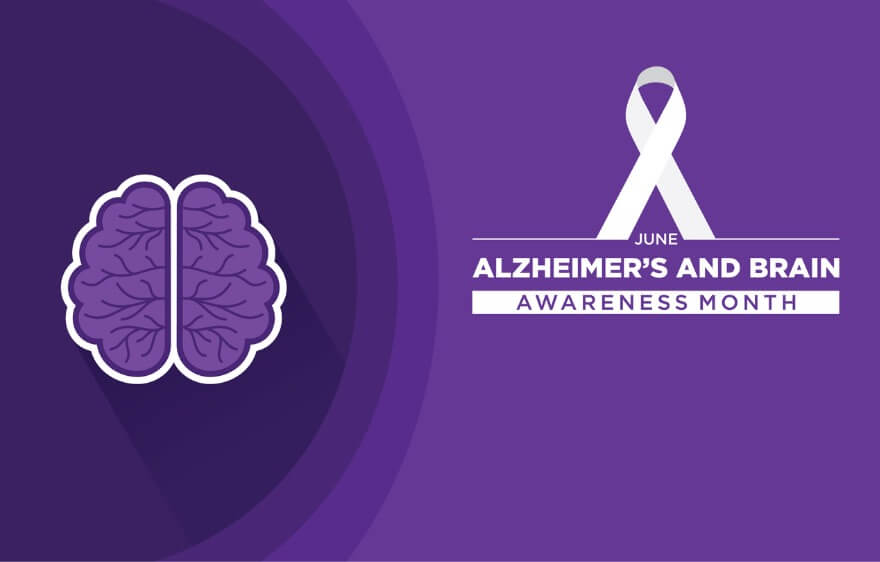Fact or fiction: All fiber is created equal? The answer is fiction.
There are two types of dietary fiber, each with a different (and crucial) function in the body. Because fiber is an essential part of a senior’s diet, one of the biggest concerns a family caregiver has is whether a loved one is receiving enough of it.
Take a look at why fiber is important, the difference between the two types of dietary fiber, and which foods provide the best source of each fiber.
Why Fiber Is Important
Fiber is important to a senior’s diet for many reasons. Most importantly, as we age, our gastrointestinal tract (referring to the stomach and intestine) changes, making it harder to process food and absorb nutrients, vitamins, and other minerals. Adding high-fiber foods to your loved one’s diet will help to prevent health issues, including nutrient deficiencies and constipation.
Fiber is also important for the following reasons:
- Fights heart disease by lowering cholesterol levels
- Helps to prevent certain types of cancer, especially colorectal cancer
- Helps to prevent constipation
- Lower in calories and packed with vitamins and minerals
- Helps to manage weight
- Makes you feel full longer
Soluble vs. Insoluble Fiber
Fiber is classified into two types: soluble and insoluble.
Soluble fiber dissolves in water and mixes with partially digested food in the stomach. It becomes gel-like, causing it to stick to bile and other toxins. This helps to slow digestion and allows your body to absorb nutrients from foods.
Insoluble fiber helps to pass food through the digestive system, working to clean the intestines and promote regular bowel movements.
Both types of fiber are equally as important to a senior’s digestive health. The American Dietetic Association states that for every 1,000 calories you consume in a day, you should be getting 14 grams of fiber. For seniors, this number may vary depending on physical fitness and fluid intake.
Because elderly individuals have a hard time regulating fluid levels, be sure to drink eight to 10 glasses of water per day. Consult a doctor to determine the appropriate level of fiber intake for your patient or loved one.
Examples of Soluble Fibers
The following is a list of soluble fiber-rich foods to consider adding to a senior loved one’s diet:
- Oatmeal & oat cereals
- Lentils
- Apples, oranges, pears, strawberries
- Nuts
- Flaxseed
- Beans
- Dried peas
- Psyllium
- Cucumbers, celery, carrots
- Oat bran
Examples of Insoluble Fibers
Here is a list of insoluble fiber-rich foods to consider adding to your loved one’s diet:
- Whole wheat & whole grains
- Wheat bran & corn bran
- Seeds & nuts
- Barley
- Couscous
- Brown rice
- Bulgur
- Zucchini, cabbage, cucumbers
- Onions, tomatoes, carrots
- Green beans
- Dark, leafy vegetables
- Raisins & grapes
- Fruit
- Root vegetable skins
*The information stated in this article is based on general findings. Consult your patient or loved one’s doctor before making any changes to his or her diet.
Contact Care Options for Kids for Home Health Care Services
If you are concerned with your loved one’s nutrition at home, Care Options for Kids can help. We refer loving and qualified caregivers to provide a wide range of companion care services, from grocery shopping and meal preparation to transportation to and from physician appointments. To learn more, contact us directly or visit us online to Request a Free In-Home Assessment.
If you or an aging loved one are considering home health care services, contact the caring staff at Care Options for Kids. Call today (888) 592-5855.






